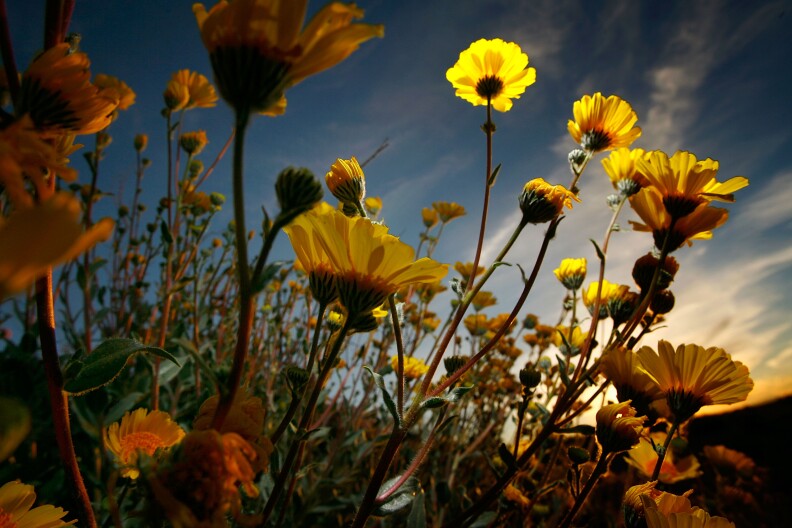Think of global warming doomsday and you might imagine massive wildfires, ice sheets melting and breaking apart and sea levels rising to engulf major cities.
But, how about fields full of beautiful wild flowers? That's what's happening in the Rocky Mountains as the climate has changed over the past decades.
Reporter Krista Langlois wrote about this for High Country News.
Read the full story: Zen and the art of wildflower science
Over the Summer, Langlois met with Dr. David Inouye of the University of Maryland. He's been studying a patch of meadow high in the Rocky Mountains of Colorado for four decades. Langlois describes Inouye as a devoted and patient man.
Ever since the early 1970s, Inouye has spent every single Summer meticulously studying the flowers and plants surrounding the Rocky Mountain Biological Laboratory in Gothic, Colorado.
And now, with more than 2 million wildflower samples recorded over the last four decades, Inouye's research shows that the bloom season has extended an average of 35 days — evidence of big changes to the climate.
“Oh! This is good news for a change, this is, kind of, the pretty side of climate change,” Langlois said to herself when she first heard of the study.
But, it turns out this seemingly pleasant side effect of climate change has some negative repercussions as well.
For example, the extended bloom can be confusing for flower-dependent creatures in the area, like hummingbirds and bumble bees. To explain, Langlois borrowed an analogy from one of Inouye’s graduate students:
Imagine “you’ve been going to the same grocery store for fifty years, and you know where everything is, everything’s in the same place. And then you go back one year and all of a sudden, everything’s screwed up. It’s just a little more effort. You can’t find what you’re looking for,” she said.



